Faced with the current influx of land offers from padel, it is difficult for a layman to determine the criteria for differentiating between proposals. We will try to give you some indications that will allow you not to focus only on the number at the bottom right. Remember, however, that a price difference is "normally" due to a difference in quality.
Asking the price of a court is like asking the price of a car! What do you want ? A 4 * 4, an SUV, a city car, diesel, gasoline…? And yet nothing looks like a short padel than another short of padel, but if you take a closer look, you will see that there are fundamental differences!
André Lafenetre from the Sports region newspaper tries to answer our questions:
What is a "good" short of padel ? What are the selection criteria? We will try to direct you.
What are the first questions to ask?
The first parameter to consider is the location of your court and especially if it will be indoor or outdoor. It is obvious that a short interior does not undergo the same constraints in particular in terms of exposure to the wind or bad weather.
The basis of both models is however similar: it is therefore the assembly of a metal structure with glass walls.
Let's talk about the metal structure ...
The courts are mostly made of steel which must first be treated against corrosion. The first major current “confusion” is at this point since the very large majority of implanted courts are not treated correctly. There are several types of treatments called galvanizing. There is very low-end galvanization, which I see a lot, which consists in "painting" "hot" a layer of zinc intended to protect the steel ... It is a trick that only has a lifespan. of a few months… That makes the investment expensive!
True so-called hot-dip galvanizing consists of dipping the steel in a zinc bath at very high temperatures and generating a chemical reaction which fixes a protective layer. Even in hot-dip galvanizing there are in particular two methods, one, less expensive, consisting in treating the steel upstream of the manufacture of the parts which generates degradation of the protection when machining, the other, the ideal which consists in soaking all the parts manufactured in this famous bath which presents the best guarantee of longevity of the metal. Unfortunately, the vast majority of current courts do not benefit from this method, the current park, especially outdoor, will age at high speed, as we can already see unfortunately. To be transparent, hot-dip galvanizing is around € 3500 for a short, it's a budget, but on an investment of over € 20, don't you think that the lifespan of your short is a given essential?
The problem is similar for the coloring of the metal, even if the ideal would be to leave it "galvanized metal". The trend today is to have color shorts. The painting must consist of a baked powder coating, but, I insist, the painting does not protect the pangs of time.
This is the only criterion for the structure?
No, of course, a short padel must be studied by a design office, calculation notes are necessary for its design, you have the right to ask for them! You may have surprises… They must withstand shocks, loads, and for outdoor courts, especially winds. There is a wind map which divides France into regions and imposes different standards. These studies determine: the elements of fixing to the ground, (but this is another debate which we will speak about another time), the design of the court and the section of the posts and rails. You must obtain these calculation notes to present them to the control office and to your insurer.
The thickness of the steel is of course important, we see 2 mm (or less), it's madness; the correct thickness will be 3 mm. The section of the posts may be different depending on the location, 120 * 60 for the most important ones, especially for glass support, 80 * 40 for the others. Once again, the outdoor court is more sensitive to these data since it is exposed to bad weather. There are currently many broken glasses, this is due to the structure of the court which is not correct.
I would also like to point out that 3m * 2m glasses are a fashion and that other solutions providing many advantages, in terms of safety and ease of installation, exist.
Do you often raise a serious point about security for players?
The thorniest point remains impact resistance. There is currently a vagueness not legal, but contextual, which the FFT does not seem to care yet, but which one day or another will explode in the face of a club. Indeed, the French law is clear, any glass and metal environment welcoming the public must be the subject of a resistance test, it seems logical, it is for the squash federation or the building which it. impose, it is not in the padel ! But what is most worrying is that the Spanish factories visited claim that their shorts (panoramic) would not withstand this test and that the short “explode”. I am therefore saying that, knowingly, manufacturers and other institutions turn a blind eye to a danger that could seriously injure an adult or child player… That each manufacturer do this test on their courts in order to prove that they comply with the law!
And what about glasses?
The specifications of the FFT are clear, it must be hardened and 10 mm thick for a classic court. We are talking about 12 mm for a panoramic, but no one has proven that this type of short complies with French legislation.
There are various types of glasses, attention to provenances ... but many of the builders present on our territory work with the leaders that are AGC or StGobain. An important point however, there is a glass quality that undergoes a so-called HST test that eliminates all glasses with an abnormality (and there is!). Again, it is more expensive, but the price gap is quickly reduced in case of breakage.
Let's talk prices and alerts!
Today, we are talking only about the metal and glass components, the foundations and the floor, which are essential for a good court, neither the play surface nor the lighting, on which there is much to say as well. Let's talk about it another time.
There are some elements that we have not mentioned, the security elements for players, including welded wire mesh, but especially the hardware and installation.
For the screws, there is as for the other points, the bad and the good. However, it is an essential and fragile element of the court. I see there significant differences between the manufacturers, know that a lot of screws and seals of quality costs more than 1500 € for a short, I often see products at half price! A very simple example, the angles which constitute the support of the glasses are unfortunately often folded sheet of less than 3 mm, that is scary, you could twist it by hand if there was not the glass! The rule of art strongly advises to work with parts machined and intended for this function!
Finally, the installation is one of the most important elements of your purchase, which weighs in the budget, but which will be the guarantee of your peace of mind to come. In addition to the points of legality concerning the site and its stakeholders… the installation requires meticulousness in order to catch up with the ground level shifts, the correct installation of the glasses and their fixings. That's about 20% of a court's budget.
Other alerts?
To understand how the price of a metal and glass enclosure is determined, if we ignore the value of the study before construction, there is the metal that has a cost per ton, its machining and its treatment, its accessories, glass, transport and installation.
By saving on the section of the columns or the thickness of the steel, we gain in weight therefore in cost, but we lose heavily in quality and durability ... ditto for the other posts, the price is thus often correlated with the quality of your purchase, there is no secret! The good deal is when you buy a court of quality, at the right price. Bring the difference that there can be additional years of operation, like your club, operating losses in case of breakage and worse to potential accidents in case of short failure.
Beware also of a fraudulent practice (view) if you are an association, not subject to VAT and therefore no intra-community number, the billing can not be done without tax! You are jointly liable to the seller vis-à-vis the tax and it can cost you very expensive!
Chinese or exotic offers, should we be wary?
In principle greatly. Yes, the prices are often very low. But so is the quality. Are you ready to sacrifice your club for a poor quality work tool? Land Kits padel that are offered here or there are not recommended. First, because there too the quality is not necessarily there. On the other hand, it is recalled that the laying of padel is part of the prerogatives and know-how of a TRUE builder.
André Lafenetre - Article published in the next newspaper Sports region
Franck Binisti discovers the padel at the Club des Pyramides in 2009 in the Paris region. Since padel is part of his life. You often see him touring France going to cover the major events of padel French.




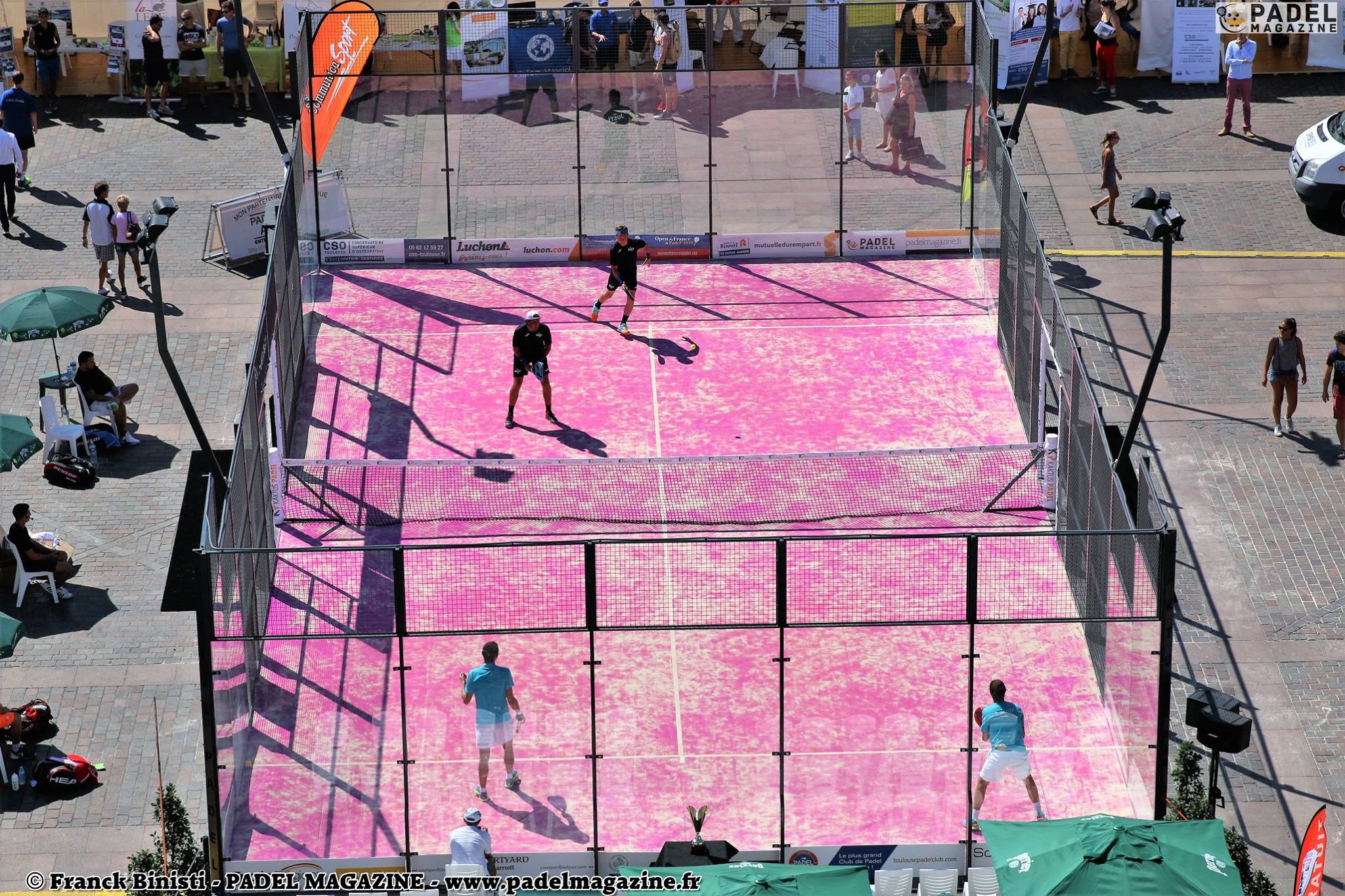














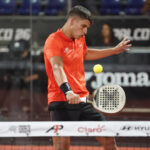

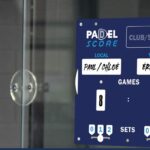















































































 The All Star Tour returns on May 16 at the All In in Lyon
The All Star Tour returns on May 16 at the All In in Lyon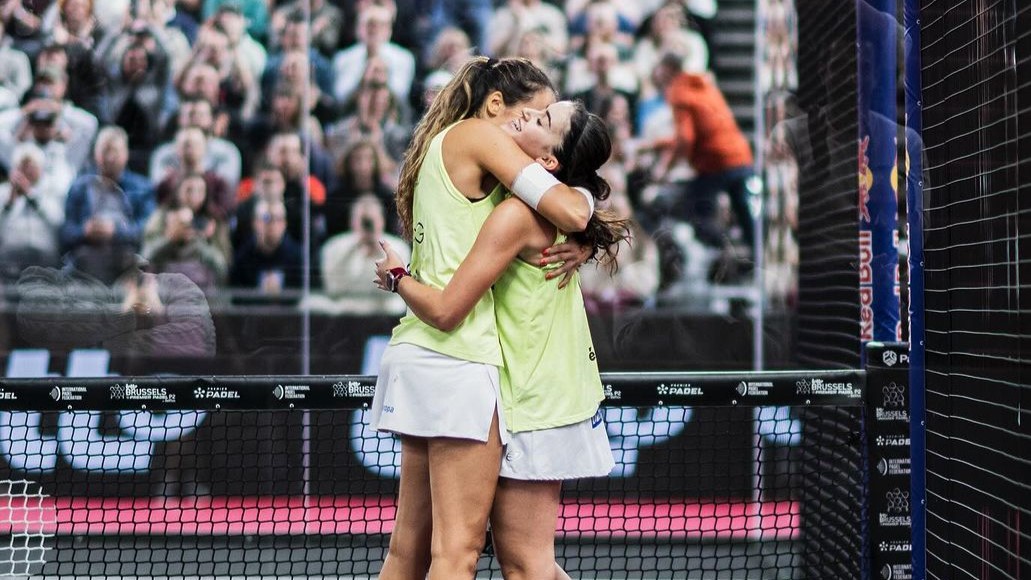 Premier Padel Brussels P2 – Gemma Triay and Claudia Fernandez return to the final
Premier Padel Brussels P2 – Gemma Triay and Claudia Fernandez return to the final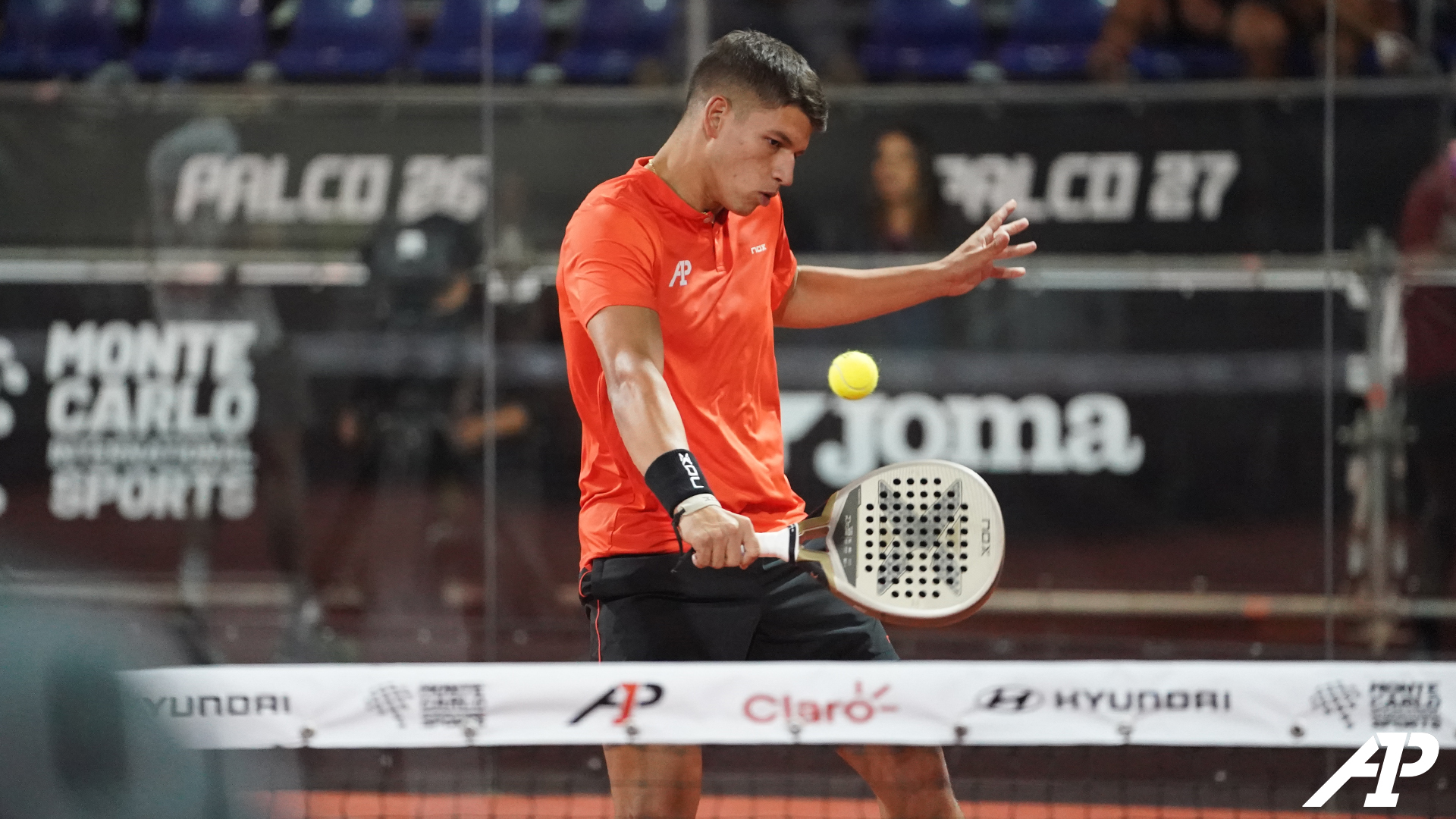 Martin Abud joins Team Nox
Martin Abud joins Team Nox Guillaume Codron de Sud Padel : “A family project”
Guillaume Codron de Sud Padel : “A family project” Nallé Grinda: “Democratize the padel in the USA with PadelX "
Nallé Grinda: “Democratize the padel in the USA with PadelX " Simon Boissé: “We know that there are two nations in front of us”
Simon Boissé: “We know that there are two nations in front of us” Marie Maligo: “This period of frequent changes of partners was beneficial for me”
Marie Maligo: “This period of frequent changes of partners was beneficial for me”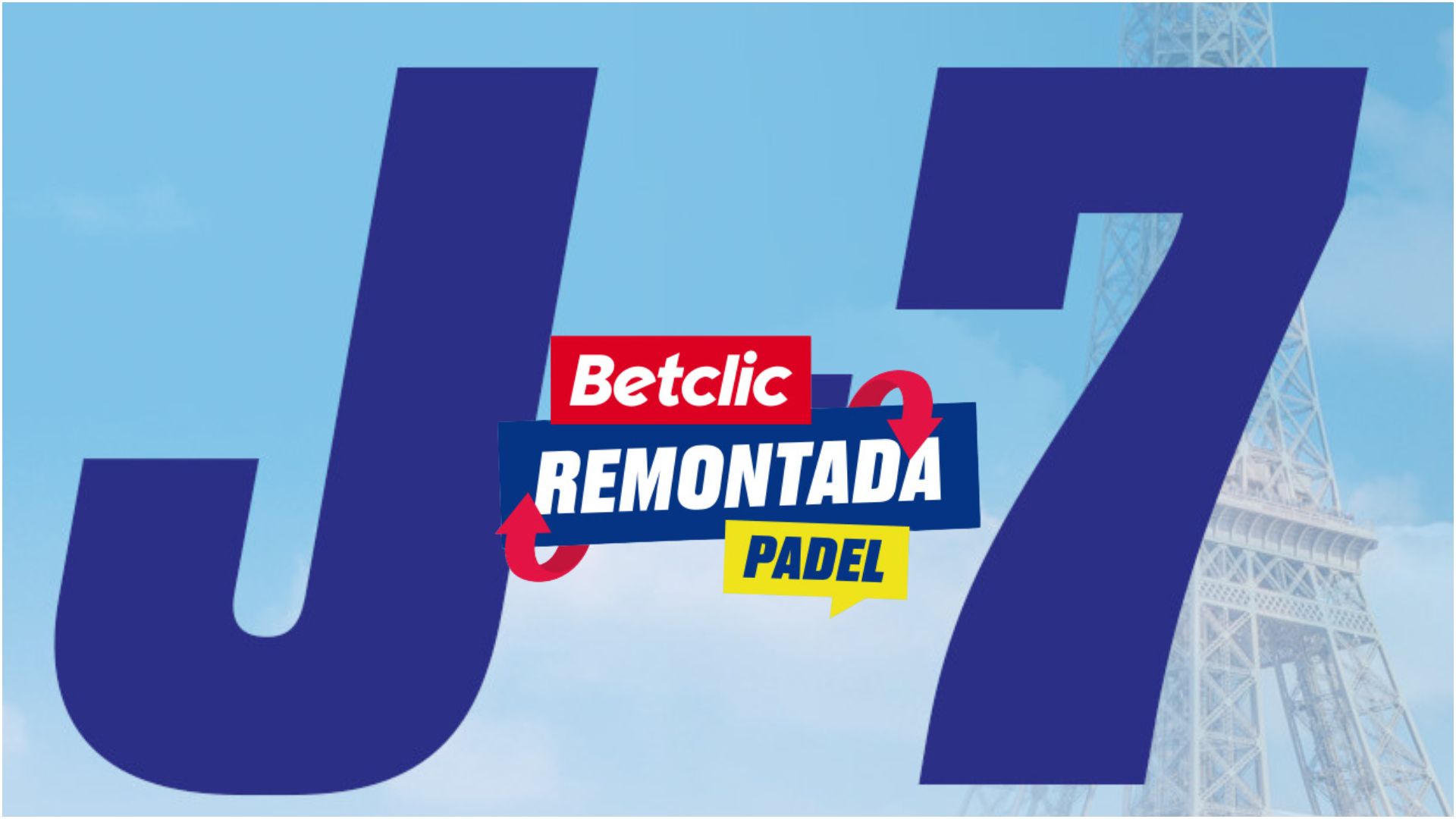 D-7 of the “BetClic Remontada Padel”, at the foot of the Eiffel Tower
D-7 of the “BetClic Remontada Padel”, at the foot of the Eiffel Tower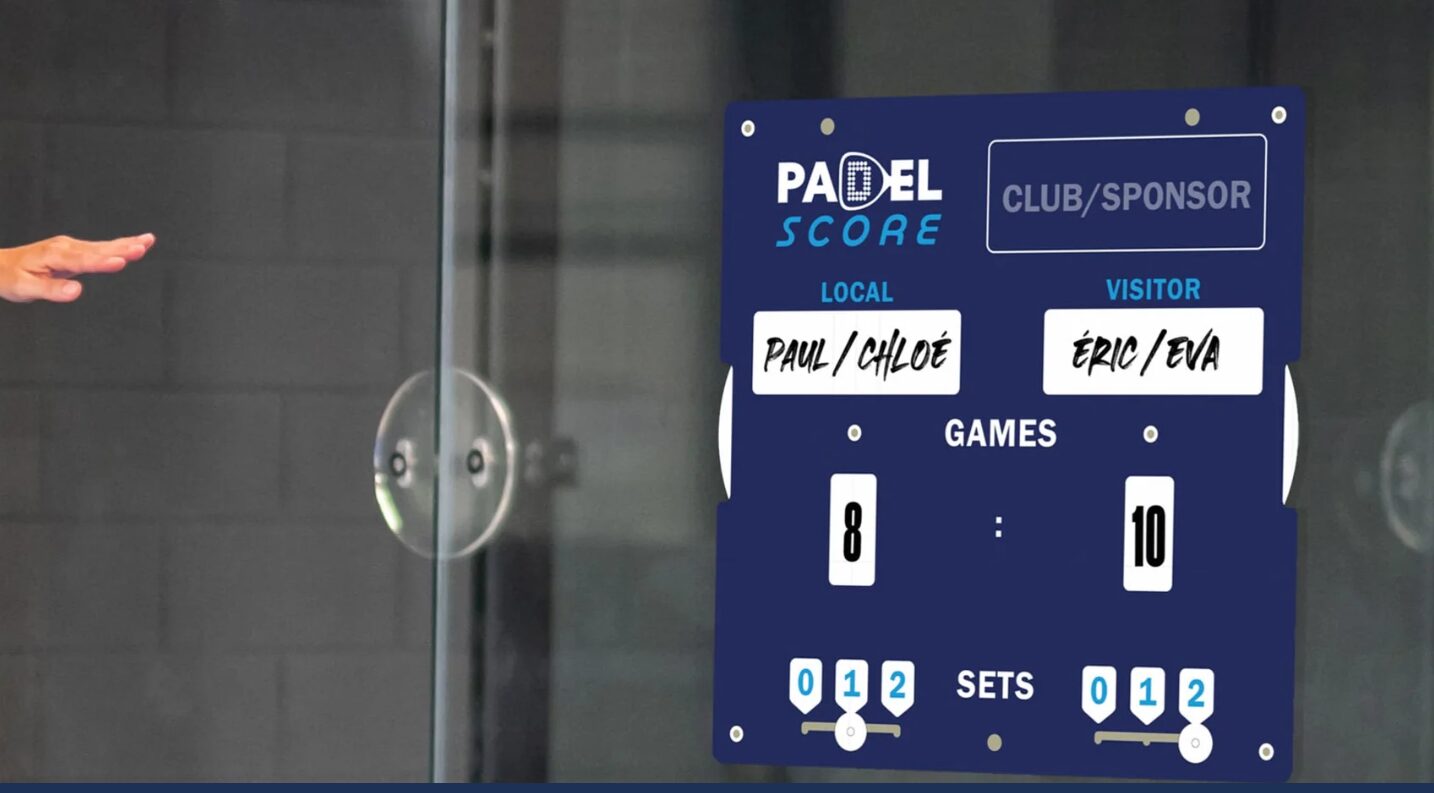 Padel Score: an essential table for keeping score
Padel Score: an essential table for keeping score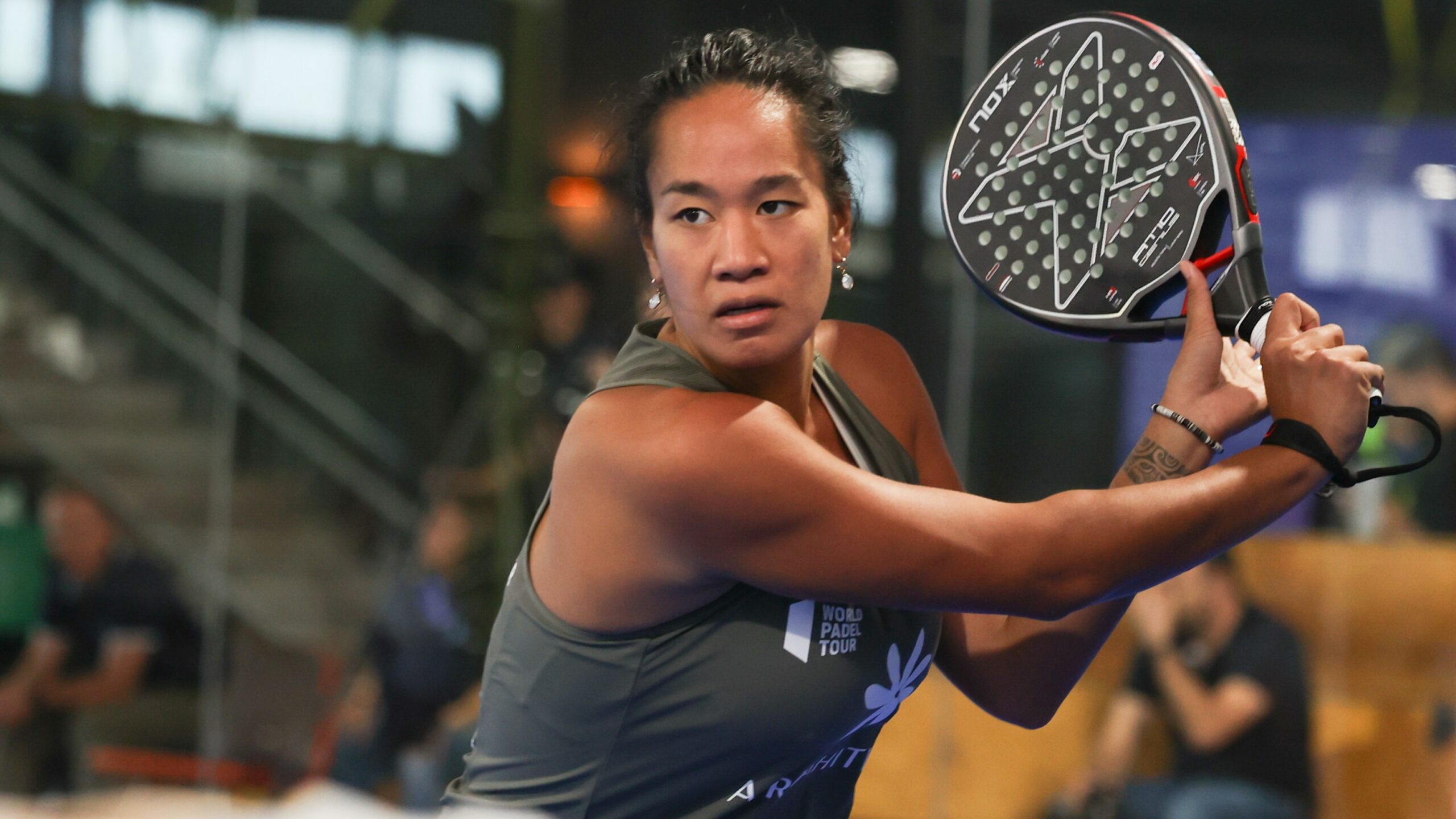 Léa Godallier makes her big return to the slopes this weekend
Léa Godallier makes her big return to the slopes this weekend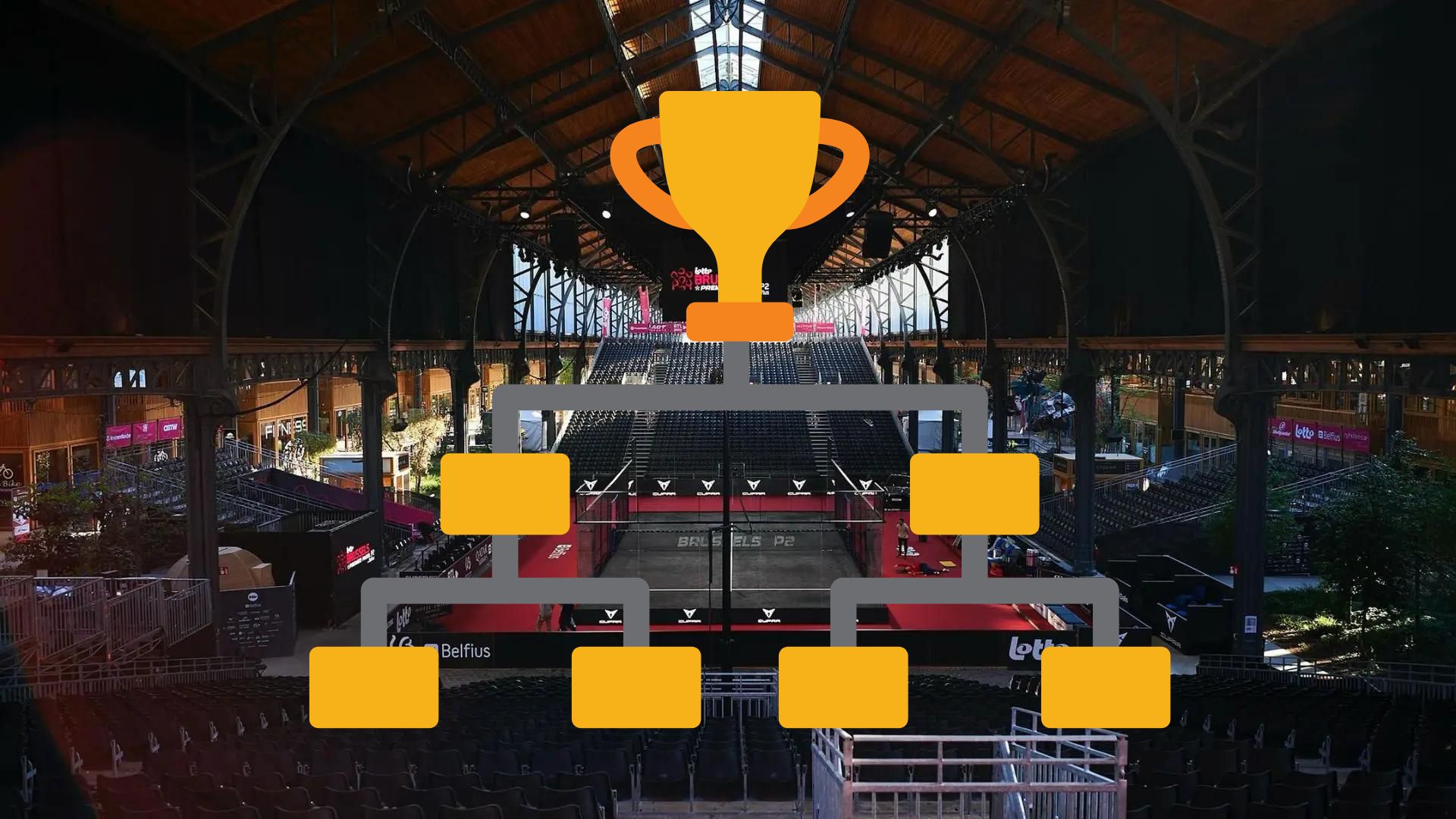 Premier Padel Brussels P2 – Time for the semi-finals!
Premier Padel Brussels P2 – Time for the semi-finals!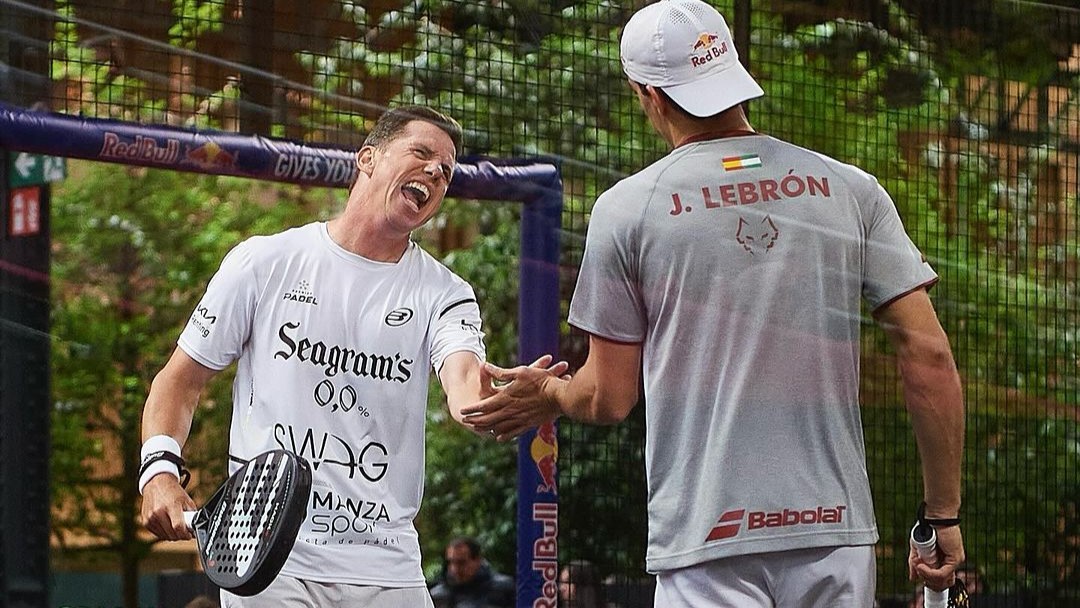 When will Lebron and Paquito split?
When will Lebron and Paquito split?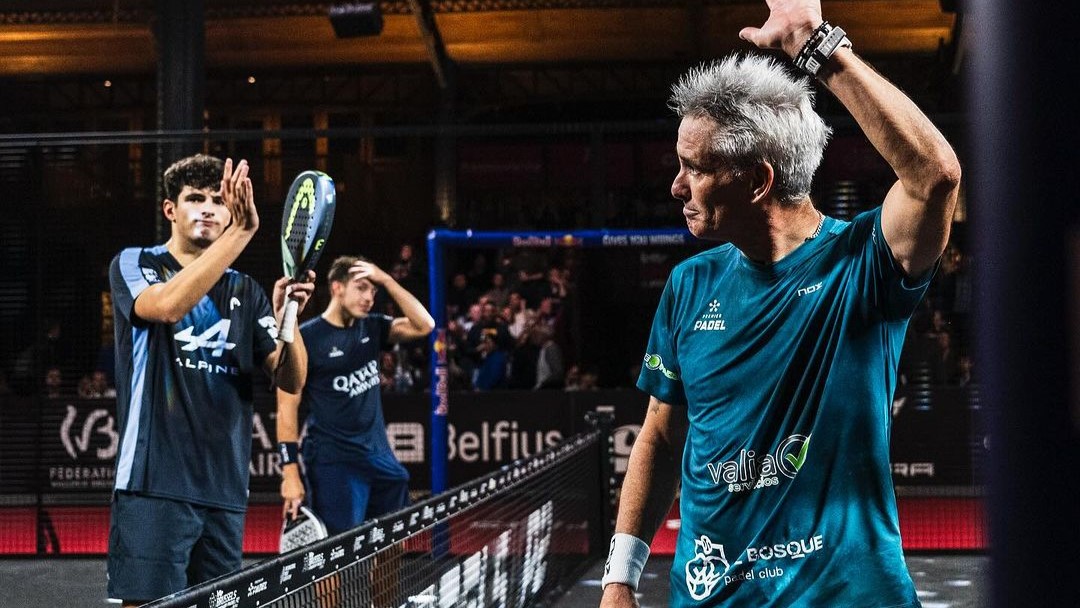 Premier Padel Brussels P2 – Coello and Tapia had to save two match points against Lamperti and Belluati to qualify in the half!
Premier Padel Brussels P2 – Coello and Tapia had to save two match points against Lamperti and Belluati to qualify in the half!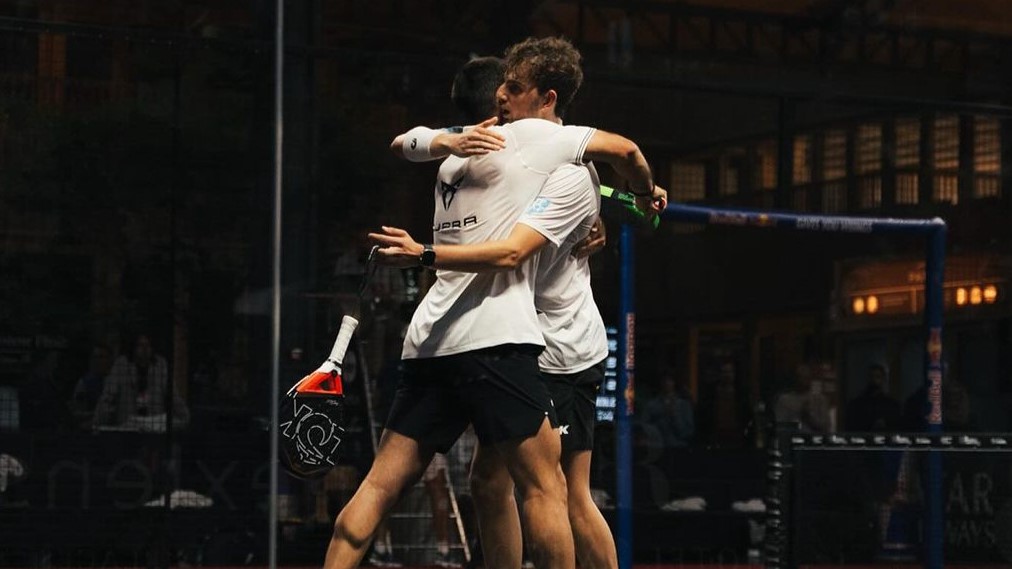 Premier Padel Brussels P2 – Mike Yanguas and Javi Garrido once again take the advantage over Stupa / Di Nenno
Premier Padel Brussels P2 – Mike Yanguas and Javi Garrido once again take the advantage over Stupa / Di Nenno José Manuel Escin at the inauguration of Casa Padel DOS: “Finally, and thank you!”
José Manuel Escin at the inauguration of Casa Padel DOS: “Finally, and thank you!” Padel Score comes to Tahiti for American Express Padel Cup!
Padel Score comes to Tahiti for American Express Padel Cup! Do you know the Rafa Nadal Academy Tour?
Do you know the Rafa Nadal Academy Tour? Play at padel on his yacht? Possible for €233.000!
Play at padel on his yacht? Possible for €233.000! Our Top 10 training courses padel in France and Europe
Our Top 10 training courses padel in France and Europe At the heart of padel – Episode 25: Paul and Andoni answer your questions
At the heart of padel – Episode 25: Paul and Andoni answer your questions Tactical padel – What to do when faced with players who systematically stay at the bottom?
Tactical padel – What to do when faced with players who systematically stay at the bottom? The basic tactics of padel
The basic tactics of padel At the heart of padel – Episode 25: Paul and Andoni answer your questions
At the heart of padel – Episode 25: Paul and Andoni answer your questions At the heart of padel – Episode 23: defend the window well
At the heart of padel – Episode 23: defend the window well Prohibition on playing topless Padel : the reasons
Prohibition on playing topless Padel : the reasons FIP Tour – Going far from Europe, THE strategy to earn points!
FIP Tour – Going far from Europe, THE strategy to earn points! What is a good football player? padel ?
What is a good football player? padel ? “Lefties give me headaches when I play against them!”
“Lefties give me headaches when I play against them!” At the heart of padel – Episode 14: how to earn points in winter?
At the heart of padel – Episode 14: how to earn points in winter? A par 4 is always a winner...even if you manage to defend it!
A par 4 is always a winner...even if you manage to defend it! Carbon fiber VS fiberglass: what to choose?
Carbon fiber VS fiberglass: what to choose? How to effectively test a racket padel ?
How to effectively test a racket padel ? La padel to fight Parkinson's disease
La padel to fight Parkinson's disease Don't play with a cracked or broken racket, your body will thank you!
Don't play with a cracked or broken racket, your body will thank you! Michel Cymes: “The padel, physically, it’s serious!”
Michel Cymes: “The padel, physically, it’s serious!” Jeremy Gala: “Promote the padel among young people in Belgium remains a challenge”
Jeremy Gala: “Promote the padel among young people in Belgium remains a challenge” The French Touch Academy organizes its selection day Padel-Study
The French Touch Academy organizes its selection day Padel-Study Report on the detection and training of younger generations
Report on the detection and training of younger generations
Hello
What is your opinion on the recognized Spanish manufacturers?
The are much lower but can we have a homologation problem with the FFT?
Thank you for your comeback,
Sincerely,
Hello, we strongly advise you to take your advice from the companies that we have listed. There are never zero risk club creation projects, but at least you limit them. Recognized or not, manufacturers who offer quality inevitably have higher prices. Sometimes manufacturers have several prices depending on the material they offer.
Good luck!